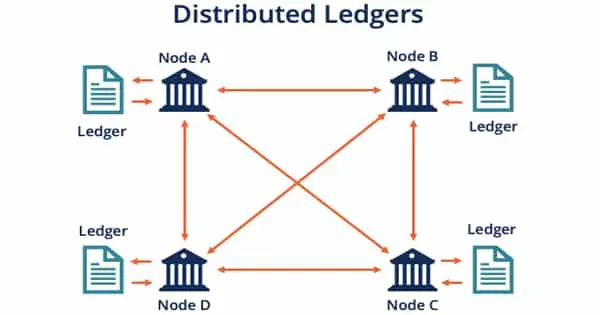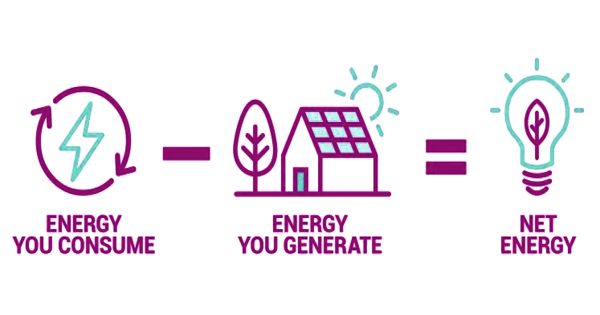A distributed ledger (also known as distributed ledger technology or DLT) is a collection of replicated, shared, and synchronized digital data spread across multiple sites, countries, or institutions. It is a digital asset transaction recording system in which transactions and their details are recorded in multiple locations at the same time. Distributed ledgers, unlike traditional databases, lack a central data store and administration functionality. There is no central administrator, as there is with a centralized database.
A distributed ledger differs from a centralized ledger, which is the type of ledger used by the majority of businesses. Because it has a single point of failure, a centralized ledger is more vulnerable to cyber-attacks and fraud. It is a decentralized ledger of any transactions or contracts that is maintained across different locations and people, eliminating the need for a central authority to keep a check on manipulation.
A distributed ledger is a database that is consensually shared and synchronized across multiple sites, institutions, or geographies, accessible by multiple people.
Distributed ledger technology (DLT) is based on an encoded and distributed database that serves as a ledger, storing transaction records. At its core, DLT is an innovative database approach with a data model in which cryptography is used in each transaction update and verification becomes possible across the specific blockchain network, depending on its goal and stakeholders.
In some cases, an alternative term is used: RJT for Replicated Journal Technology, because the information is replicated in nodes that contain a full copy of the information, and the information in the blocks is included in chronological order, more like an accounting journal than an accounting ledger.
A peer-to-peer network, as well as consensus algorithms, are required to ensure replication across nodes. The blockchain system, which can be public or private, is one type of distributed ledger design.
Characteristics
The distributed ledger database is distributed across multiple nodes (devices) on a peer-to-peer network, with each node replicating and saving an identical copy of the ledger and updating itself independently. The primary benefit is the absence of centralized authority. When the ledger is updated, each node creates a new transaction, and then the nodes vote on which copy is correct using a consensus algorithm. Once a consensus has been reached, all other nodes are updated with the new, correct copy of the ledger. Cryptographic keys and signatures are used to ensure security.
Advantages
While centralized ledgers are vulnerable to cyber-attacks, distributed ledgers are inherently more difficult to attack because all distributed copies must be attacked at the same time for an attack to be successful. Furthermore, these records are impervious to malicious changes made by a single party. Distributed ledgers provide extensive transparency because they are difficult to manipulate and attack.
Distributed ledgers also reduce operational inefficiencies, shorten the time it takes to complete a transaction, and are automated, so they operate 24 hours a day, seven days a week, all of which reduce overall costs for the entities that use them.
Applications
In 2016, some banks tested distributed ledgers for payments to see if investing in distributed ledgers is supported by their usefulness.
The technology is making waves in several industries, including:
- Finance
- Music and entertainment
- Diamond and precious assets
- Artwork
- Supply chains of various commodities.
















